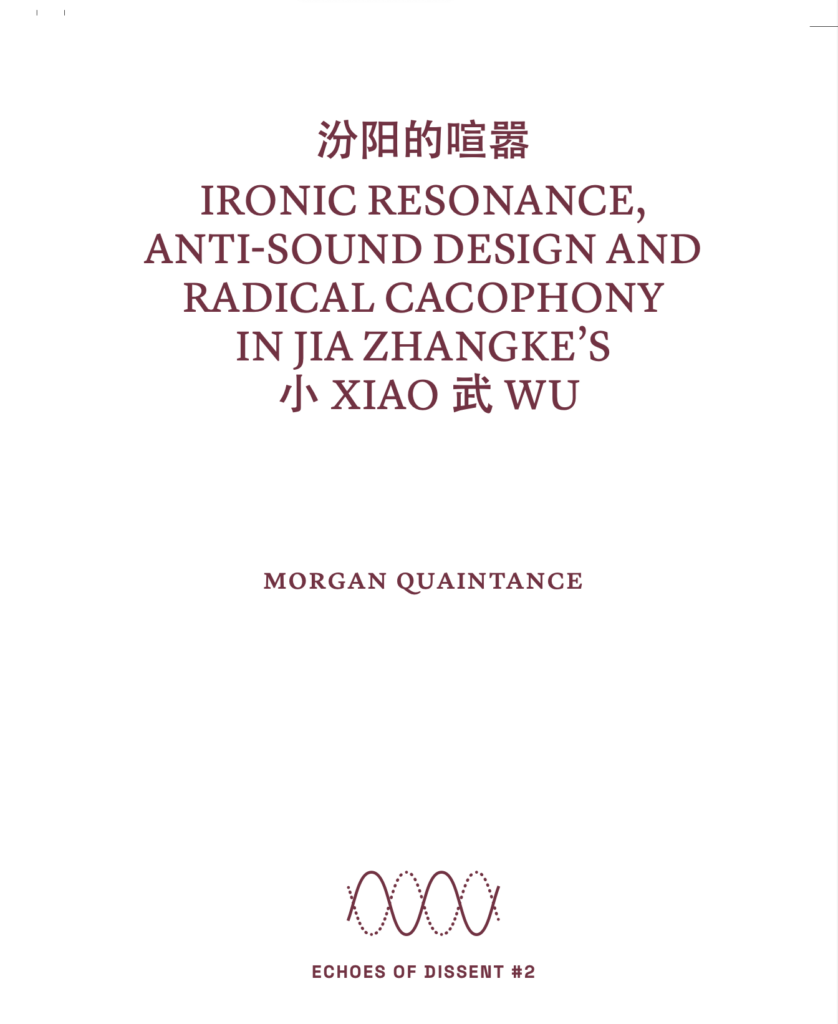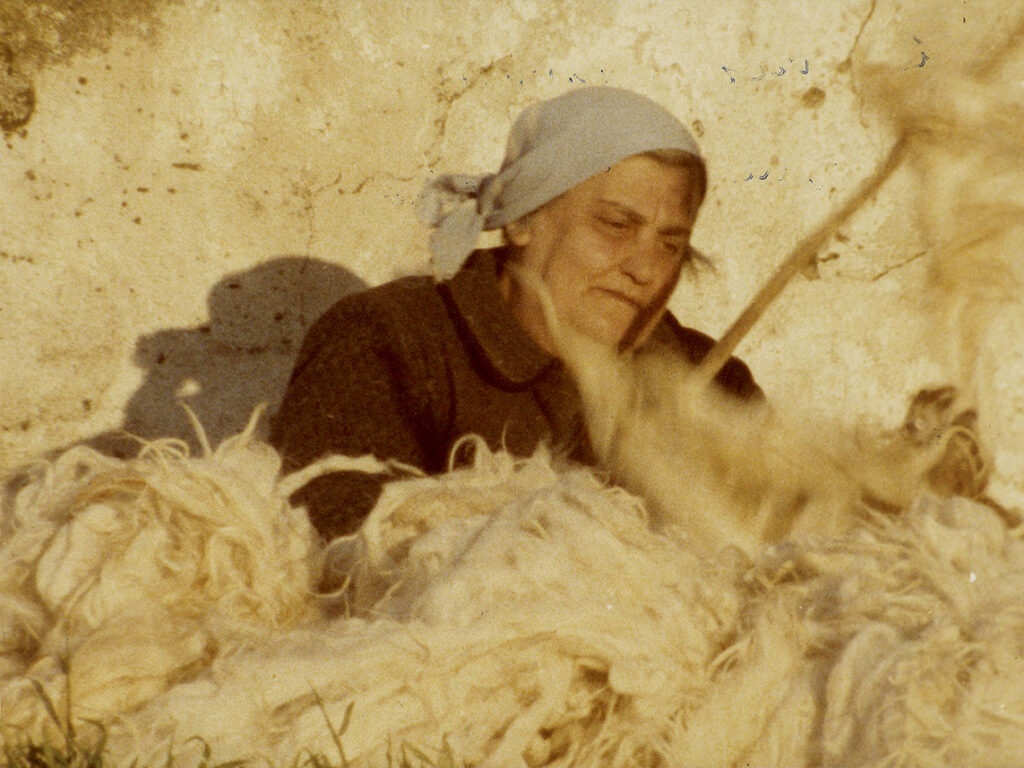
Out of the Shadows
Assia Djebar, Jocelyne Saab, Heiny Srour, Selma Baccar, Atteyat Al-Abnoudy
All of us, all of us who come from the world of women in the shadows, are reversing the process: at last it is we who are looking, we who are making a beginning.
– Assia Djebar
Exploring a cinematic history as extensive and rich as that of the Arab Mediterranean, one is faced with an exhilarating range of forms and manifestations. From the era of silent film up to the present, the regional cinema cultures of the Maghreb and the Mashriq have produced a myriad of remarkable works. Yet, when poring over the canonical historiographies of cinema, one cannot help but being struck by their relative obscurity, which is even more striking when it comes to films that have been made by women. Although there has been a notable rise of Arab female film directors in recent decades, the work of many pioneers tends to remain painfully neglected.
The Out of the Shadows film programme, originally conceived for the Courtisane festival 2020 in Ghent, was intended to revitalize the work of a diversity of filmmakers whose films remain overlooked and barely screened. Five of these filmmakers are presented in this Dossier: Atteyat Al-Abnoudy, Selma Baccar, Assia Djebar, Jocelyne Saab and Heiny Srour. Coming from different backgrounds and regions, these filmmakers all began to produce films in the 1970s, at a moment of great political and cultural ferment. Often working against the grain, they set out to attend to voices and stories that were at risk of being drowned out by official History. While each of these filmmakers developed their own bold approaches to cinema, their works explore shared themes such as memory and identity, oppression and liberation, violence and exclusion, and the social and political role of women in Arab societies and histories.
Each of these filmmakers has been shaped by different traditions and realities, for the Arab woman filmmaker exists no more than the Arab woman. Accordingly, this programme seeks to follow Assia Djebar’s appeal “not to presume ‘to speak for’ or, even worse, to ‘speak on’, barely speak near to, and if possible, to speak right up against”. In this vein, this publication brings together a selection of writings and interviews that speak “right up against” the films in the programme. The texts, most of which have been translated for the first time in English, are a testament to the women’s singular practices. They have been brought together here, right up against one another, in the hope of illuminating their rich and inspiring work and widening its reach and appreciation.
Stoffel Debuysere (Courtisane) and Gerard-Jan Claes (Sabzian)
Compiled on the occasion of the Out of the Shadows programme, originally conceived for the Courtisane festival 2020 (Ghent, 1-5 April).
Programme curated by Stoffel Debuysere, in collaboration with Reem Shilleh and Mohanad Yaqubi (Subversive Film), Christophe Piette and Céline Brouwez (CINEMATEK), with the support of AFAC – The Arab Fund for Arts and Culture.
Copy editing by Rebecca Jane Arthur, Sis Matthé, Heiny Srour, Michel Euvrard, Richard Wagman, Suzanne Kallalá
Thanks to Mai Abu ElDahab, Mireille Calle-Gruber, Sylvia Dallet, David Depestel, Marjolijn de Jager, Yasmin Desouki, Asmaa Yehia El-Taher, Olivier Hadouchi, Mary Jirmanus Saba, Lucien Logette, Natasha Marie Llorens, Monique Martineau Hennebelle, Colleen O’Shea, Mathilde Rouxel, Reem Shilleh, Heiny Srour, Wassyla Tamzali, Stephanie Van de Peer, Katrien Vuylsteke Vanfleteren, Magda Wassef, Mohanad Yaqubi, Debra Zimmerman, and many others without whom this publication would never have come to fruition.
Publication available via Courtisane bookshop




